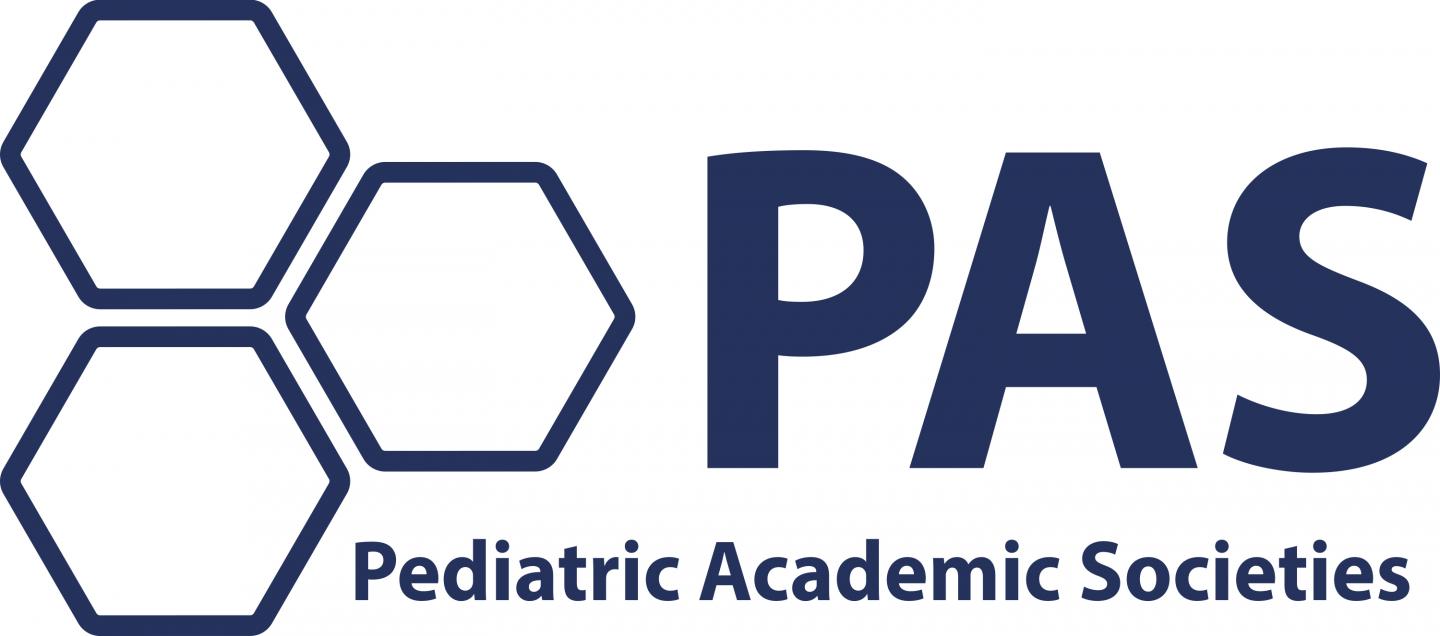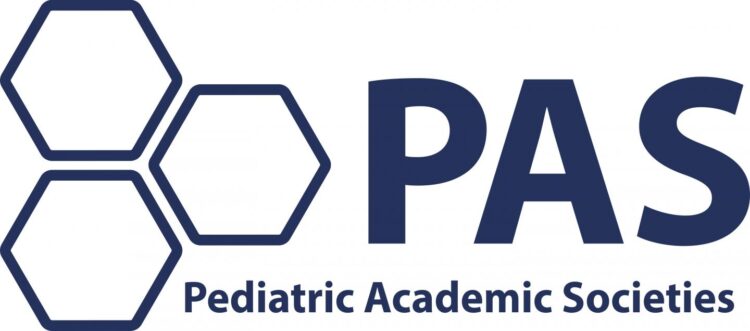
Credit: PAS
A state of the art plenary session during the Pediatric Academic Societies (PAS) 2021 Virtual Meeting discussed prenatal environmental contaminants and childhood disease, and the latest evidence for epigenetic mechanisms associated with transgenerational disease and public policy implications.
Three generational animal models now conclusively demonstrate that fetal exposure to the same environmental chemicals now found in virtually every human pregnancy is linked to multigenerational disease. The diseases range from onset of puberty abnormalities, obesity, immune disorders, cancer, polycystic ovaries, abnormal sperm, behavioral abnormalities and perinatal complications. The mechanism of transmission of disease across generations appears to be non-genetic and correlates with epigenetic changes seen in exposed offspring and their descendants.
This session presented the latest animal data after fetal exposure to: pesticides (DDT, permethrin, vinclozolin, atrazine, glyphosate, DEET), dioxins, jet fuel, plastics and BPA. Presenters discussed the latest data on human pesticide exposures and outcomes of pregnancy (glyphosate) and long-term outcomes after organophosphate exposures in pregnancy. Diseases which have been induced in third generation descendants in rodents were compared with human disease trends and latest funded research was reviewed.
Environmental contaminants are pervasive in pregnant women, and diseases which they cause in animals are increasing in humans. Can we begin to apply what has been learned in animals to human health (while we wait the 100 years it might take to follow a three generational human study)? Finally, presenters discussed the state of governmental agencies whose mandate to protect pregnant mothers and children from environmental contamination.
Presentations included:
- Pesticides in Pregnancy: Implications for Children’s Health & Environmental Health Policy; presenter: Paul D. Winchester, MD, MA – Indiana University School of Medicine
- Environmental Toxicant Induced Epigenetic Transgenerational Inheritance of Disease: Generational Toxicology; presenter: Michael Skinner, PhD – Washington State University
- In utero exposure to pesticides and child development in an agricultural population; presenter: Brenda Eskenazi, PhD – University of California Berkeley
- Protecting Children from Environmental Hazards; presenter: Ruth Etzel, MD, PhD – George Washington University
The objectives of the session were to review:
- epigenetic transgenerational inheritance of disease in animal data including DNA methylation, Histone retention and non-coding RNA expression after fetal exposures.
- how toxicant-induced transgenerational disease may be transmitted to non-exposed third generation descendants.
- human data suggestive of adverse outcomes linked to fetal exposure to pesticides and other toxicants.
- pathways to discovering biomolecular mechanisms of disease and to mitigation measures available now and in the future.
- how practitioners, basic scientists, government regulators and industry might cooperate to achieve health and wealth in this unusual moment in history.
Dr. Winchester chaired the plenary, “Prenatal Environmental Contaminants and Childhood Disease: Latest Evidence for Epigenetic Mechanisms Associated With Transgenerational Disease and Public Policy Implications,” on Saturday, May 1 at 5:30 p.m. EDT. Reporters interested in an interview with the presenters should contact [email protected].
The PAS Meeting connects thousands of pediatricians and other health care providers worldwide. For more information about the PAS Meeting, please visit http://www.
###
About the Pediatric Academic Societies Meeting
The Pediatric Academic Societies (PAS) Meeting connects thousands of pediatricians and other health care providers worldwide. This international gathering offers opportunities for a global audience of physician-scientists, clinicians, and educators to share research, explore new ideas, build career opportunities, and collaborate on future projects. The PAS Meeting is produced through a partnership of four pediatric organizations that are leaders in the advancement of pediatric research and child advocacy: American Pediatric Society, Society for Pediatric Research, Academic Pediatric Association and American Academy of Pediatrics. For more information, please visit http://www.
Media Contact
Pediatric Academic Societies
[email protected]





